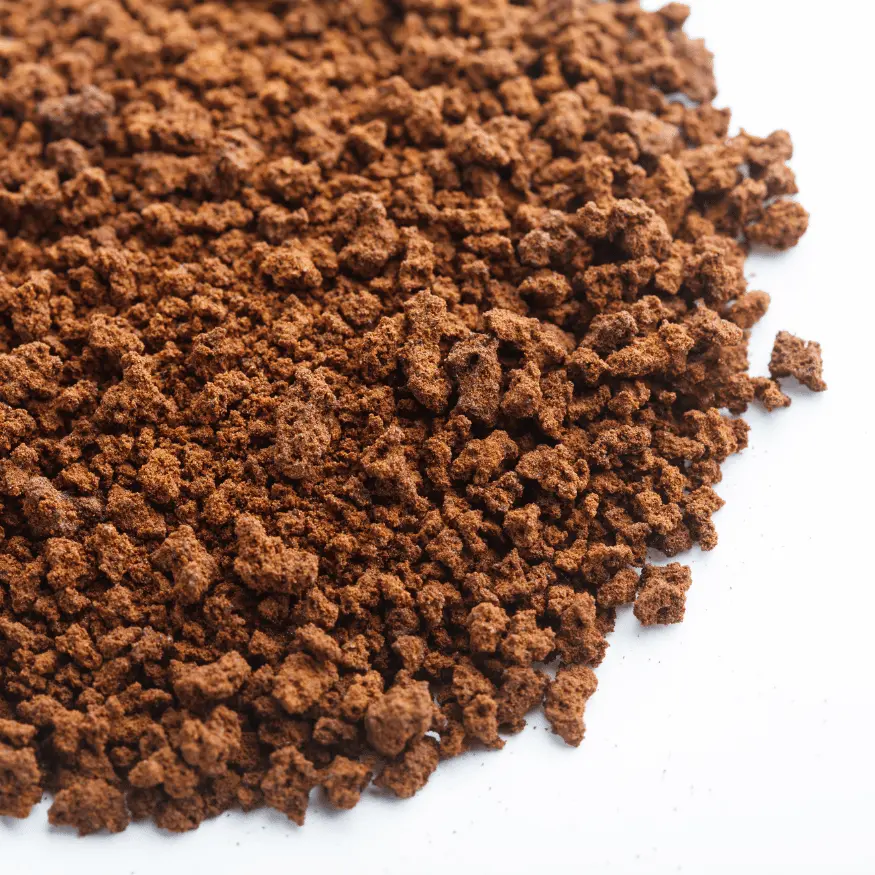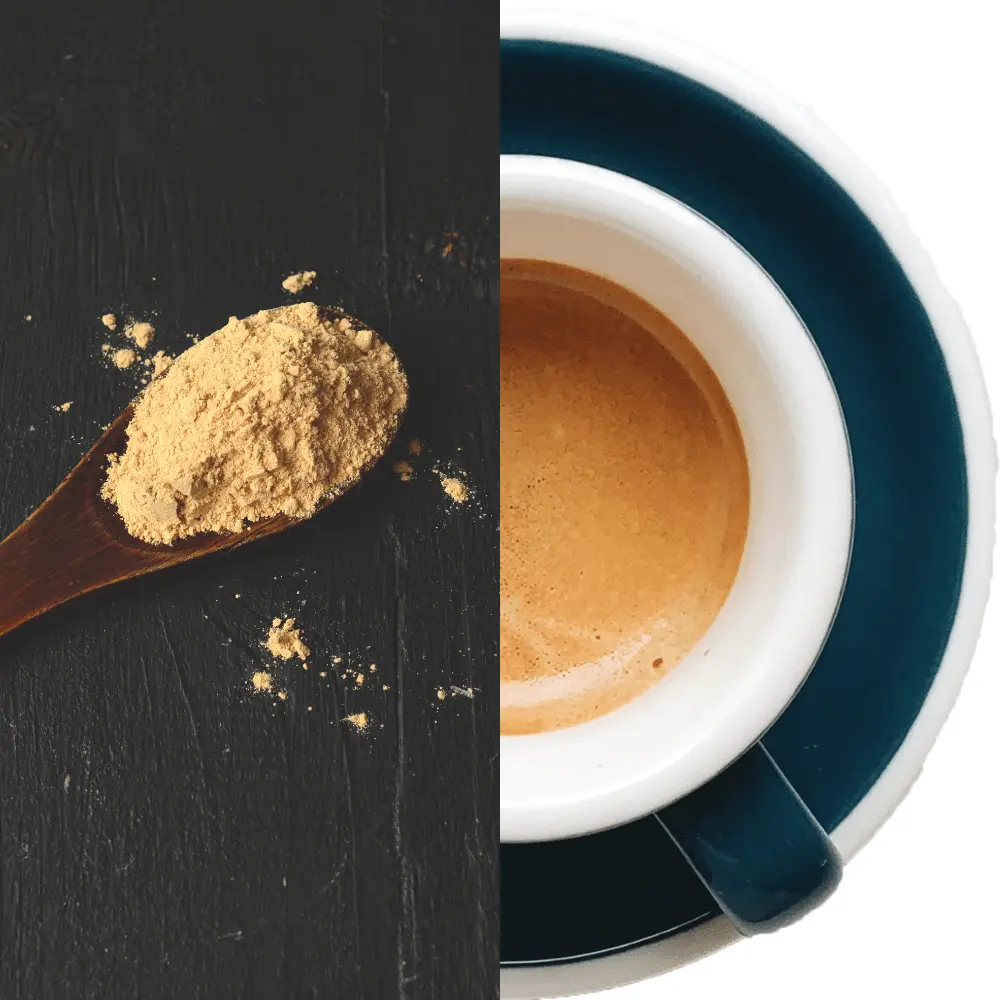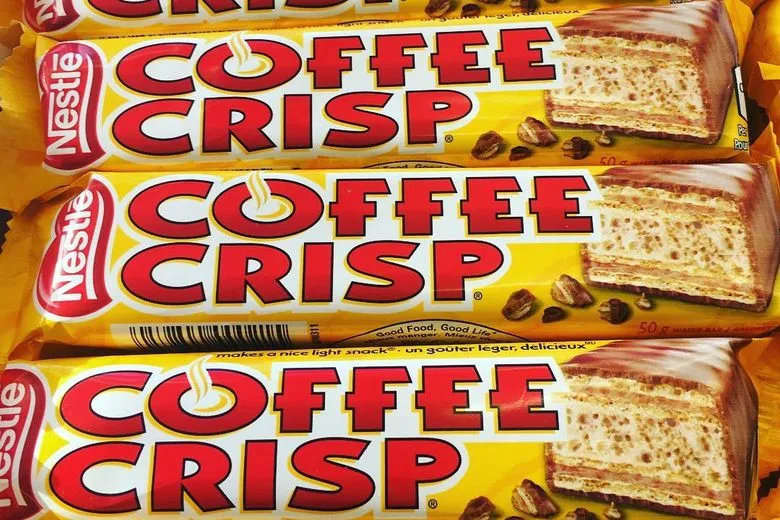Are you searching for a coffee alternative that won’t keep you awake at night? If so, Sanka Coffee, an instant decaffeinated coffee option, may be precisely what you’re seeking. However, what is Sanka Coffee? Sanka was the first decaf coffee to achieve commercial success. This product boasts a storied past and has been relished by numerous individuals for nearly a century. Throughout this composition, we will delve into the origins of this type of coffee, its prevalence, and its health advantages. We will also scrutinize the diverse flavors obtainable and the methodology behind brewing a flawless cup of Sanka decaf coffee in the comforts of your home. Thus, recline and uncover why Sanka instant Coffee has become a fixture in households worldwide.
What is Sanka Coffee: Everything You Need to Know

Sanka is a coffee connoisseur’s dream, and it has a long-standing reputation in the United States. In this all-encompassing article, we will embark on an investigative journey into the deep-rooted history of Sanka and uncover the reasons behind its popularity. Moreover, we will delve into the nutritional value of this decaf coffee, explore the myriad types available, and drive into the most frequently asked questions about this celebrated decaf coffee. (1)
Making Sanka Instant Coffee: A Burst of Simplicity

Making Sanka instant coffee is a simple process that requires minimal effort.
- Boil water and pour it into a cup
- Add one or two teaspoons of Sanka, depending on the desired strength
- Stir well
- Enjoy the flavorful taste
- It’s that easy!
No Caffeine? No Problem!

Decaf Sanka is a remarkable option for coffee lovers who crave the taste without caffeine. It undergoes a rigorous process that extracts caffeine from the coffee beans while still preserving their unique flavor. Let’s take a look at the decaffeinating process.
Swiss Water Method: A Process for Decaf Sanka Coffee
The Swiss Water Method is a process that removes caffeine from coffee beans while preserving their aroma and flavor. The coffee beans are first soaked in hot water to extract the caffeine. Then, a special filter is used to remove the caffeine from the water. This caffeine-free water is used to extract flavor from new batches of coffee beans, and this cycle is repeated multiple times until the coffee beans are decaffeinated but still retain their flavor.
The History of Sanka Coffee
Sanka, a brand of decaf coffee, was the brainchild of Ludwig Roselius, a German coffee merchant in the early 1900s. Focused on removing caffeine from coffee without compromising its flavor, Roselius stumbled upon the “Swiss Water Method” using steam and water to extract caffeine, which is still employed to make decaf coffee.
The Serendipitous Discovery of the Swiss Water Method
Ludwig Roselius came across the Swiss Water Method fortuitously when a shipment of coffee beans was soaked in seawater during transportation. The beans lost their caffeine but retained their flavor, and Roselius perceived it as a groundbreaking new method for making decaf coffee.
The Etymology of “Sanka”
The etymology of “Sanka” is derived from the French phrase “sans caféine,” translating to “without caffeine.” Roselius chose this name to emphasize the fact that his coffee was decaf.
Revolutionizing the Coffee Industry with Decaf Coffee
Roselius’s innovative Swiss Water Method transformed the coffee industry and facilitated the production of decaf coffee on a large scale. Today, decaf coffee is a popular choice for coffee enthusiasts who relish the taste of coffee but desire to forgo caffeine’s effects. (2)
Sanka’s history is interwoven with that of decaf coffee, and it is still an adored brand in the United States and globally.
The Prevalence of Sanka Coffee in America
Sanka instant coffee is an incredibly popular decaf coffee brand in the United States, adored by numerous coffee aficionados. During the 1950s, it emerged as one of the most sought-after coffee brands in the country, commonly served in restaurants and hotels. Today, it remains a prominent brand and is favored by many people across the nation.
Sanka Coffee During the 1950s
In the 1950s, Sanka reached cult status in America. The coffee was frequently featured in advertisements and was a regular household item. It was particularly popular with women who cherished the fact that they could savor a cup of coffee without the caffeine jitters. It was also commonly served in restaurants and hotels, and it became a symbol of style and sophistication.
Sanka Coffee Today
While Sanka instant coffee is not as pervasive as it was in the 1950s, it remains a popular brand today. Coffee enthusiasts continue to enjoy the silky flavor of Sanka coffee, appreciating its decaf quality. Sanka still can be found in some grocery stores. It is a go-to for coffee lovers who seek the flavor of coffee without the caffeine buzz, and it is likely to remain a popular brand for years to come.
Sanka Instant Coffee’s Nutritional Profile
Sanka is a brand of decaf coffee that has been savored by countless coffee lovers for years. While its rich taste and enticing aroma are often the primary reasons for its consumption, many individuals wonder about the nutritional value of this beloved beverage. In this section, we will embark on a detailed examination of Sanka decaf coffee’s nutritional value, scrutinizing its macronutrient, vitamin, and mineral contents with great care and meticulousness.

The Nutritional Value of Sanka Coffee: A Closer Look
Sanka decaf coffee is a low-calorie beverage that is replete with antioxidants and a myriad of other vital nutrients. A single cup of this delectable coffee contains a mere 2 calories and absolutely no fat, cholesterol, or sodium. However, it does contain some carbohydrates, protein, and fiber, alongside a small number of vitamins and minerals that are critical for overall health.
Macronutrients and Calories in Sanka Coffee
A single cup of Sanka is a microcosm of healthful macronutrients, with an almost negligible calorie count and no trace of fat, cholesterol, or sodium. (3) Despite this, it does harbor a smattering of carbohydrates, protein, and fiber. One cup of Sanka coffee provides approximately 0.3 grams of carbohydrates, 0.1 grams of protein, and 0.1 grams of fiber, which are indispensable macronutrients for maintaining a balanced and healthy diet. The presence of these essential components can also help promote feelings of fullness and satiety after consuming a cup of this delightful coffee.
Minerals and Vitamins in Sanka Coffee
The coffee is rich in a variety of vitamins and minerals, which are indispensable for sustaining good health. In terms of minerals, a single cup of Sanka coffee provides about 1% of the recommended daily intake of calcium, iron, magnesium, and potassium. Additionally, it contains minuscule amounts of vitamin B6 and vitamin C, which are both essential for maintaining good health. Even if this type of coffee is not a significant source of these vitamins and minerals, it can still play a significant role in your overall nutrient intake and be incorporated into a well-balanced diet. (4)
Sanka instant coffee is a low-calorie beverage that can be relished as part of a healthy diet. Although it is not a primary source of vitamins and minerals, it still contains minute amounts of these vital nutrients, thereby contributing to an individual’s overall nutrient intake.
The Health Benefits of Sanka Coffee: A Deep Dive

Sanka is a beloved brand of decaf coffee that is cherished by coffee enthusiasts worldwide. Although its delectable taste and inviting aroma are the main reasons for its popularity, there are also several possible health benefits associated with consuming decaf coffee. In this section, we will delve into two of the most crucial health benefits associated with Sanka: its high levels of antioxidants and its possible heart health advantages.
Antioxidants in Sanka Coffee
Sanka instant coffee is an excellent source of antioxidants, which are vital compounds that aid in protecting the body from damage caused by free radicals- harmful molecules that can wreak havoc on one’s health. Antioxidants can help reduce inflammation, diminish the risk of chronic illnesses, and slow down the aging process. Sanka contains a host of antioxidants, including chlorogenic acid and quinic acid, which are particularly abundant in decaf coffee due to the decaffeination process that intensifies their concentration. (5)
Potential Heart Health Benefits
Several studies suggest that Sanka consumption may also have potential benefits for heart health. Some research has indicated that regular coffee consumption is associated with a lower risk of heart disease, stroke, and other cardiovascular conditions. This may be attributed in part to the presence of antioxidants in coffee, as well as other compounds such as caffeine and polyphenols. However, it is crucial to note that more research is required to fully comprehend the connection between coffee consumption and heart health. It is also important to consider other factors such as diet and lifestyle, which play a significant role in heart health.
Benefits of Decaf Sanka Coffee
Decaf Sanka coffee provides several health benefits, making it an ideal option for health-conscious coffee lovers. Decaf coffee reduces the risk of caffeine-related side effects, such as insomnia and anxiety. Additionally, it is an excellent choice for those sensitive to caffeine or those who need to limit their caffeine intake for medical reasons. Moreover, decaf coffee can be enjoyed at any time of day without disrupting sleep or causing jitters.
Overall, Sanka decaf coffee is an excellent source of antioxidants and may offer potential benefits for heart health. While additional research is necessary to gain a more comprehensive understanding of these advantages, Sanka instant coffee can be enjoyed as a component of a balanced diet and healthy lifestyle. As with any food or beverage, moderation is key, and it is advisable to consult a healthcare provider if there are any concerns about caffeine or antioxidant intake.
Pros and Cons of Sanka Instant Coffee
Sanka offers several advantages, including convenience and long shelf life, making it a great option for coffee lovers on the go. It is also an excellent alternative for travelers or individuals without access to a coffee maker. However, some individuals argue that the quality and taste of instant coffee are inferior to freshly brewed coffee due to added preservatives and additives.
Overall, Sanka offers a burst of convenience and a flavorful taste, making it a popular choice for coffee lovers worldwide. While it may not have the same authenticity as brewed coffee, it is a convenient option for those looking for a quick caffeine-free coffee fix.
Conclusion
In the realm of coffee, one brand stands out as a beloved decaf option: Sanka. For over a century, this coffee has been adored by many for its rich flavor and caffeine-free composition. The genesis of this brand can be traced back to Ludwig Roselius, a German coffee merchant who crafted a method to eliminate caffeine from coffee beans without sacrificing taste.
Throughout the years, Sanka coffee has maintained its popularity, providing coffee lovers with a variety of forms, from ground coffee to instant coffee. Speaking of the latter, Sanka instant coffee has proven to be a convenient and swift way to relish the taste of coffee without the hassle of brewing a pot. Granted, instant coffee may not compare to the quality or taste of freshly brewed coffee, but it is an accessible and budget-friendly alternative for coffee aficionados.
In terms of its nutritional profile, Sanka coffee may not pack a punch when it comes to vitamins or minerals, but it certainly delivers on the low-calorie front while being rich in antioxidants. And for those sensitive to caffeine or aiming to avoid its negative effects, this coffee is a viable and delicious option.
Thus, in conclusion, for anyone seeking a decaf coffee alternative, this convenient coffee is a practical and savory choice.
FAQ
Is Sanka Coffee Still Made?
With its robust flavor and the ability to satisfy coffee cravings without caffeine jitters, Sanka has garnered a loyal fan base in the United States. And yes, the production of Sanka decaf coffee continues to this day. It can still be found in most grocery stores and as well as online.
Is Sanka Coffee Healthy?
Moderation is key when it comes to any food or beverage, and Sanka coffee is no exception. While it may not be a significant source of vitamins or minerals, it is a low-calorie drink that boasts an impressive antioxidant profile. Furthermore, decaf coffee is known to help mitigate the negative side effects of caffeine, such as insomnia and anxiety.
What Are the Benefits of Drinking Sanka Coffee?
The choice to consume Sanka comes with a range of benefits, including the satisfaction of a delicious cup of coffee minus the caffeine. Decaf coffee is an excellent choice for those looking to reduce the risk of caffeine-related side effects, such as insomnia and anxiety. The coffee is also an abundant source of antioxidants, which help to protect the body against damage caused by free radicals.
How Do You Make Sanka Instant Coffee?
Sanka instant coffee provides a hassle-free way to enjoy the taste of coffee, minus the brewing process. To make Sanka instant coffee, boil water to your desired temperature, and pour it into a cup. Next, add one or two teaspoons of Sanka, depending on how strong you like your coffee. Stir well and savor the rich aroma and flavor.


















